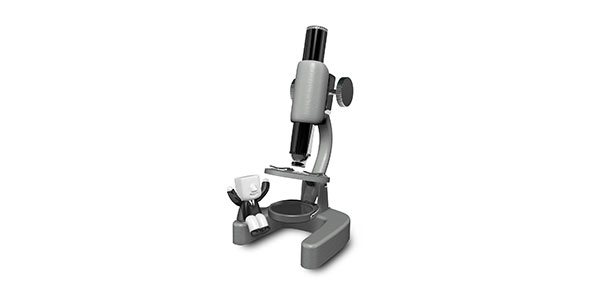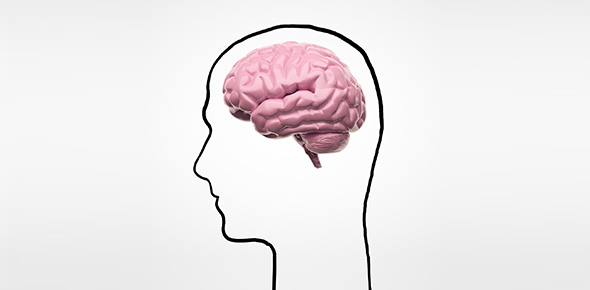Related Flashcards
Related Topics
Cards In This Set
| Front | Back |
|
Demography
|
•the
application of population ecology to the study of humans
-Demographers study population size,
-Density and distribution,
-Age structure, sex ratio,
-And birth, death, immigration, and
emigration rates
|
|
Total fertility rate( TFR)
|
The average number of children born per female
|
|
Replacement fertility
|
Tfr that keeps the size of a population stable
|
|
Natural rate of population change
|
•due
to birth and death rates alone
-In countries with good sanitation, health
care, and food, people live longer
|
|
Life expectancy
|
•average
number of years that an individual is likely to continue to live
-Increased due to reduced rates of infant
mortality
-Urbanization, industrialization, and
personal wealth
|
|
Demographic transition
|
•a
model of economic and cultural change to explain the declining death and birth
rates in industrializing nations
|
|
Pre-industrial stage
|
Birth rate and death rate are high
|
|
Transitional stage
|
Death rate declines due to increased food production and improved medical care
|
|
Industrial stage
|
Birth rate declines due to increased opportunities for women and access to birth control
|
|
Post-industrial stage
|
Birth rate and death rate are low
|
|
Demographic fatigue
|
•governments
face overwhelming challenges related to population growth.
|
|
Boom and Bust
|
A
type of cycle that shows an
increase in its population but then levels off.
|
|
IPAT model
|
A formula that represents how humans’ total impact (I) on
the environment results from the interaction among three factors: population
(P), affluence (A), and technology (T). S for sensitivity factor.
I=P x A x T (Our total impact results from the pop,
affluence, and technology.
|
|
How large is the human population
|
About 6.7 billion
|
|
Which time period did the world's population more than double
|
1950's-2000's
|







